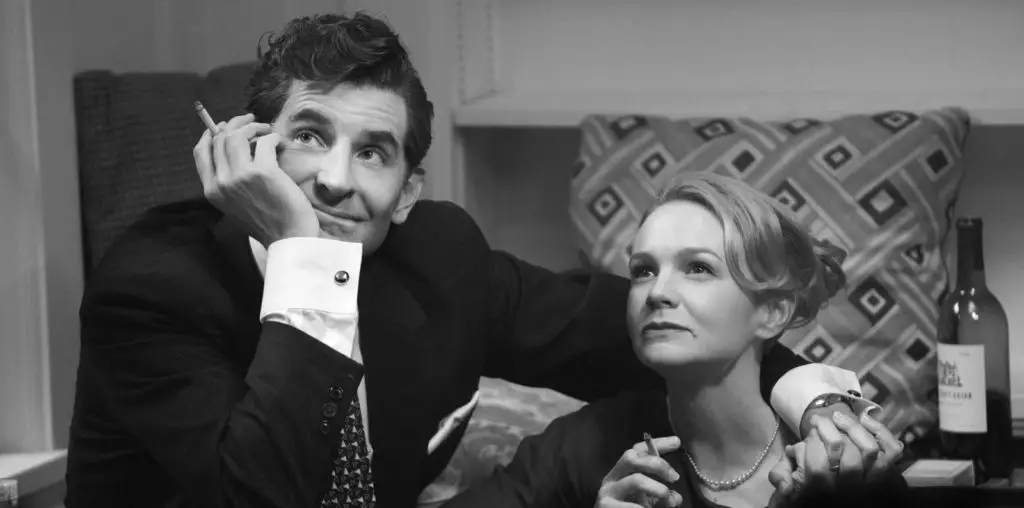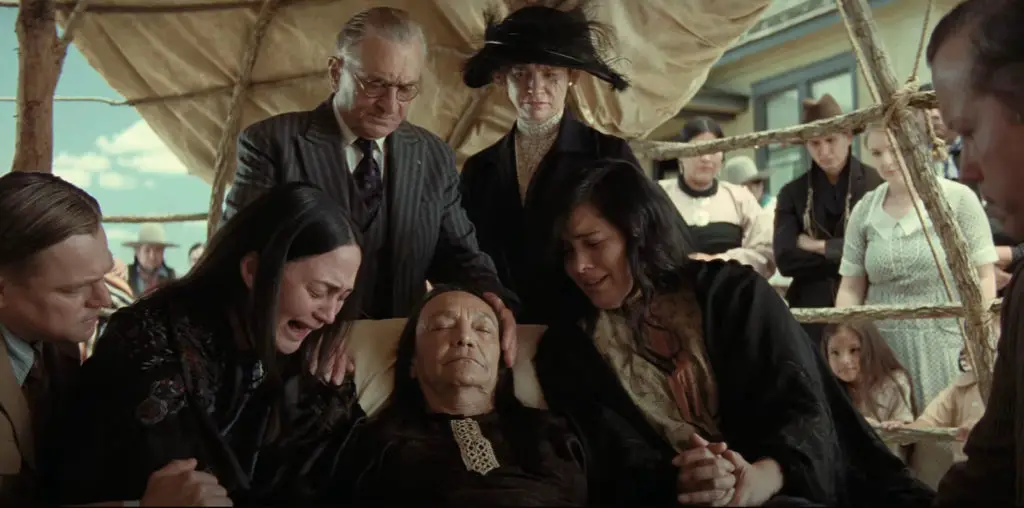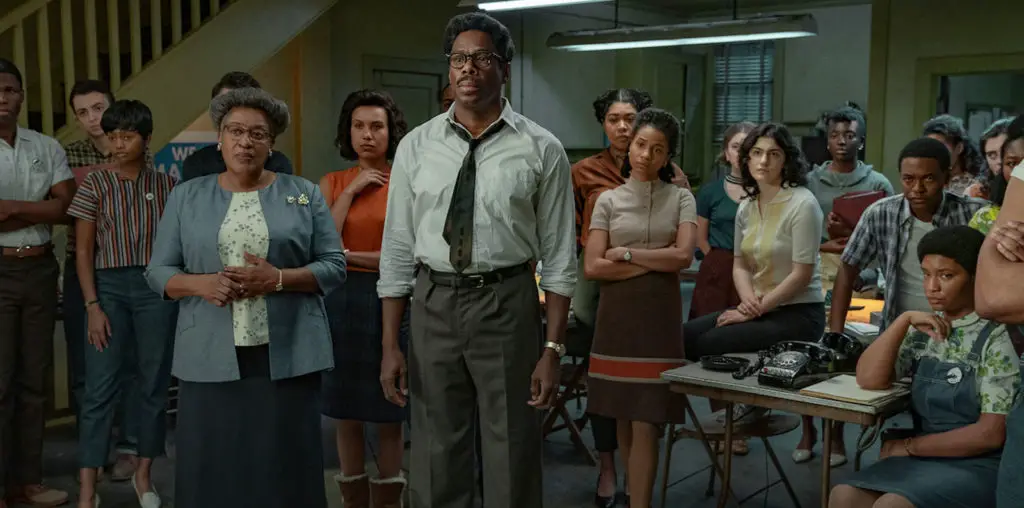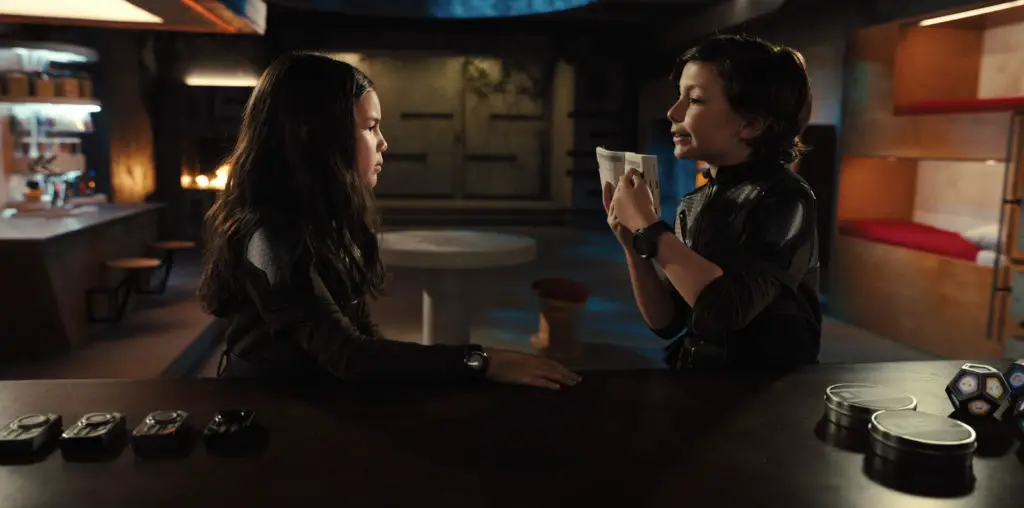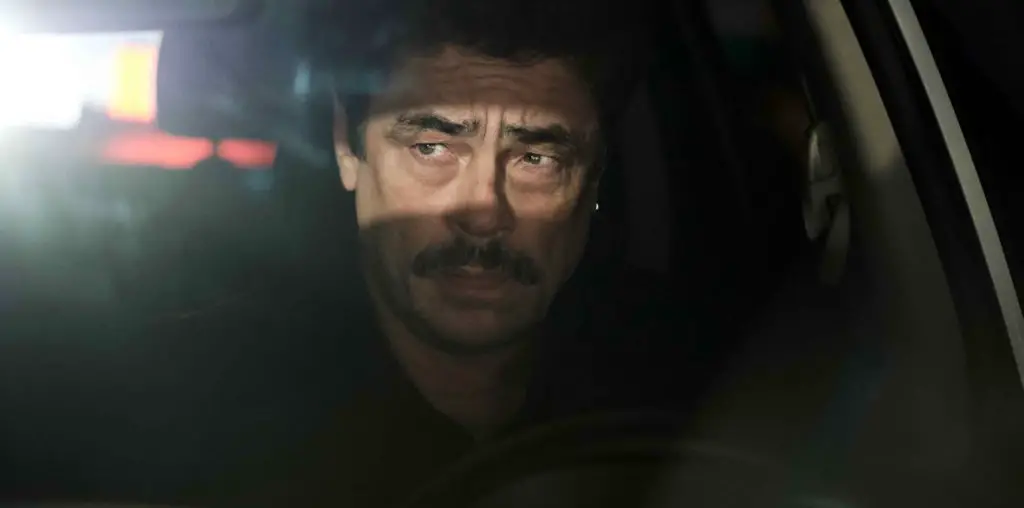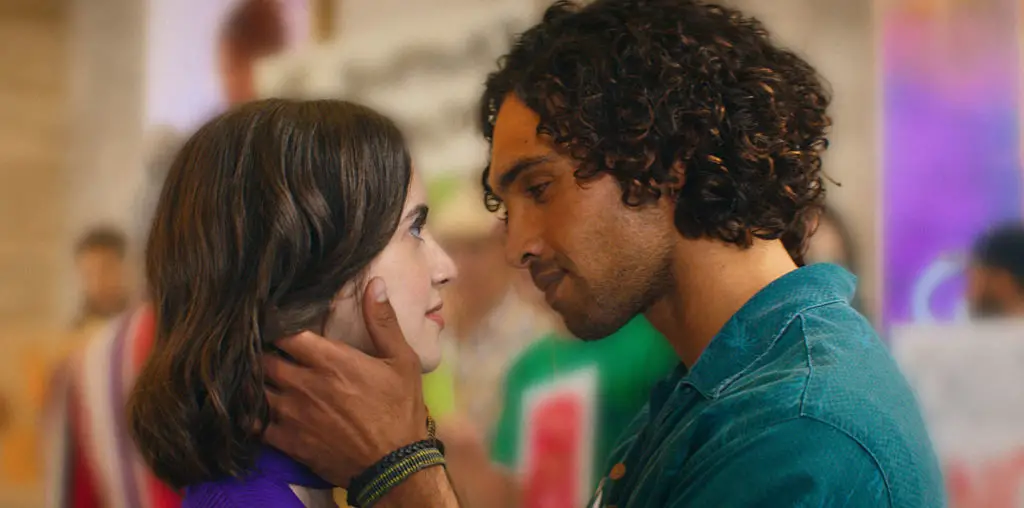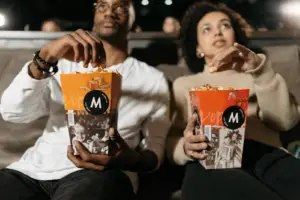
For indie filmmakers, marketing is often one of the toughest hurdles, especially when shoestring-budget campaigns seem laughable compared to the behemoth, bank-busting publicity pushes from major Hollywood studios. You know, the kind of promotional campaigns for films like Avengers: Endgame, for which Marvel reportedly spent over $200 million just on marketing.
Suffice to say, there’s a bit of a budget difference between major Hollywood studio films and indie projects. While the big studios can literally paper city blocks with ads, rent out Times Square billboards, and broker partnerships with billion-dollar brands, smaller players need to rely on homegrown Twitter campaigns and the hustle of grassroots promotion.
On that note, let’s dive under the hood and look at a few specific big budget tactics that indies can only dream of.
1. Massive TV Ad Campaigns
Movie marketing campaigns often live and die by the almighty 30-second TV spot. Major studios splurge on video ads across every imaginable platform—streaming services, live sports, primetime shows, you name it.
For example, Universal Pictures shelled out a whopping $11.9 million just to air its Jurassic World: Fallen Kingdom trailer during the 2018 Super Bowl. For perspective, that media spend was roughly 7% of Jurassic World 2’s total production budget. But for a film that ended up grossing $1.3 billion, it’s a safe bet that Universal isn’t sweating this one.
Indie films simply don’t have this kind of cash to blow. While studios flood the airwaves by buying up TV real estate by the acre, indie marketing teams have to squeeze every last drop from limited budgets.
This usually means focusing video media spend on targeted YouTube and social media ads. But even with savvy targeting, an indie film trailer on YouTube simply does not carry the same weight as a worldwide TV blitzkrieg.
2. Partnering with Apps that Have Large User Bases
Movie studios are getting creative about meeting audiences where they already spend time—on their phones. Custom partnerships with popular apps help studios engage fans in a more organic, value-added way compared to traditional ads.
For example, Warner Bros collaborated Lightricks, developers of the photo editing app Photoleap, to let fans create Aquaman-themed selfies and scenes ahead of this month’s Aquaman and the Lost Kingdom release. The app’s 30 million users then spread these pics far and wide on social media. It’s a win-win, because fans get fun custom content to play with, and the studio benefits from massive organic promotion.
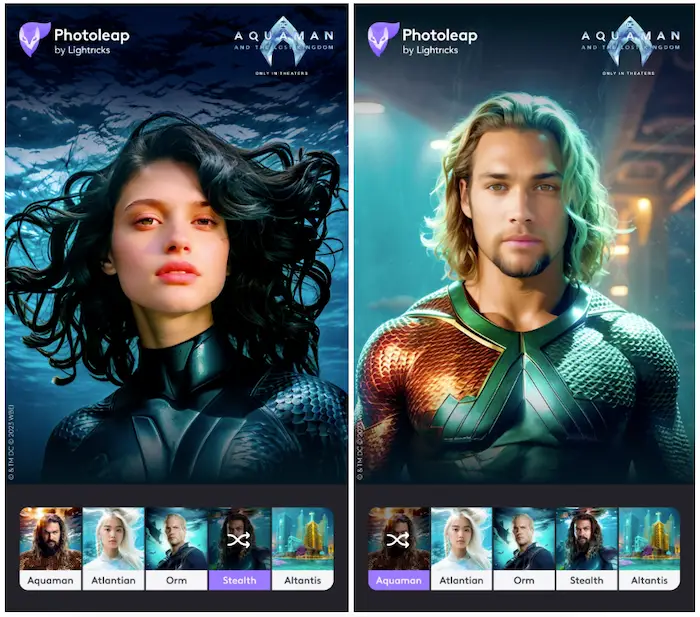
Image Source: Photoleap
While not strictly a movie, the massively popular Netflix show Stranger Things took a similar approach by partnering with Spotify. The streaming giant offered a playlist generator to create 50-song sets to “escape the Upside Down,” including users’ favorite tracks, songs they might like, and selections from the show’s soundtrack. This personalized, interactive experience was gobbled up by fans.
Indie films rarely have the brand recognition or Hollywood connections to broker these types of custom partnerships with major platforms. Without the leverage of a massive fanbase eager to interact with branded content, indies don’t bring enough to the table to convince apps to spend time and resources cooking up specialized campaigns.
3. Plastering Billboards Everywhere
For blockbusters, no cityscape is safe. Studios will happily shell out millions upon millions to smother urban areas in outdoor movie ads. Billboards loom over highways, bus shelters blast trailers on repeat, and entire tower facades bear giant posters of spandex-clad superheroes.
Pop into Times Square on any given Monday, and you’ll be surrounded by dozens of studio promos vying for attention.
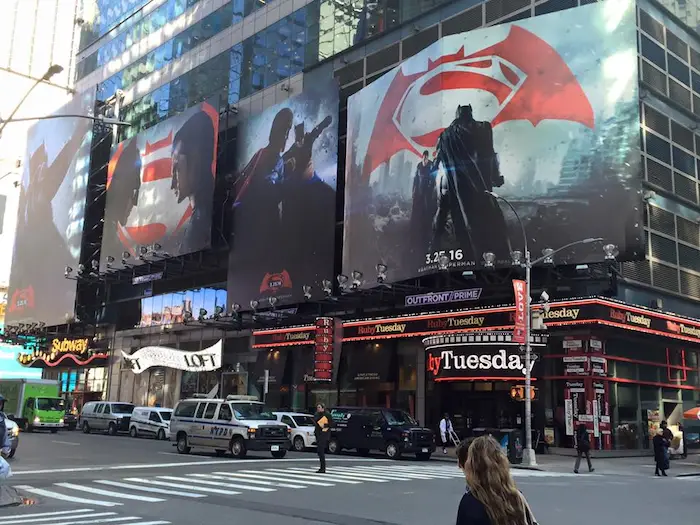
Image Source: Warner Bros.
The unfortunate truth is that most indies can barely afford a single highway billboard for a few weeks, let alone condemn whole city blocks to perpetual trailer loops. Their marketing teams have to be highly selective with the media they choose, and billboards are not likely to even be a consideration given the various digital media channels that would offer a significantly better ROI.
So, while Batman v Superman may have seized every billboard canvas in sight, an occasional subway poster or platform advertisement is probably not worth the effort for an indie movie.
4. Hosting Pop-Up Immersive Experiences
When promoting a film like Barbie, no marketing stunt is too over-the-top for studios. They’ll readily spend mind-boggling amounts to immerse fans in splashy, shareable spectacles lifted straight from the movie’s universe. For this film, a $150 million marketing campaign, which was actually higher than the movie’s production budget. included converting a stunning Malibu DreamHouse into a bright pink, fetchable AirBnb property.
In Boston, Warner chartered a one-night-only luxury yacht cruise and outfitted the ship with onboard Barbie fashion shows, themed dining menus, photo opps, giveaways—the works. Now compare that to typical indie film promotions: modest preview screenings, occasional festival installations, the rare guerilla street performance. The difference in scale is staggering.
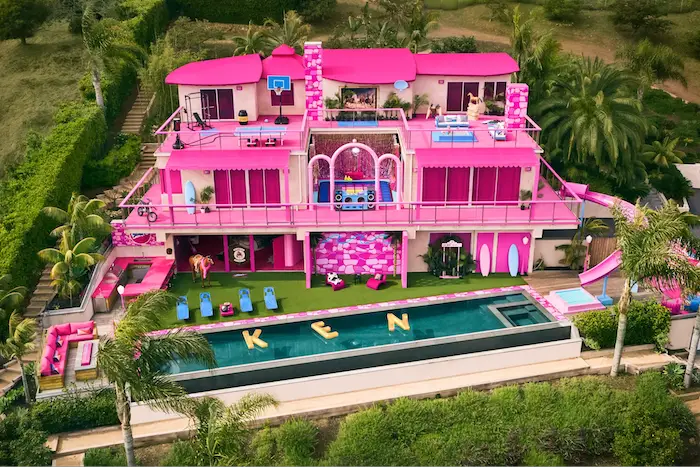
Image Source: AirBnB
But creative grassroots marketing can help indies punch above their weight class if done right. For example, syncing giveaways with cultural events, projecting scenes onto unconventional public spaces for awareness, or imagining clever extensions of the movie’s world.
While lacking big budgets for splashy yacht parties or dream house rentals, indie marketing can still deliver memorable experiences that drive organic chatter. Maybe they’ll forgo the pink convertible ship, but that doesn’t mean indies can’t still make some marketing waves.
5. Merchandising Tie-ins with Massive Brands
Leveraging a blockbuster film to secure brand partnerships is a win-win for major studios. Retail giants get Hollywood IP to drive collectible sales, while studios benefit from built-in promotion to their partners’ enormous customer bases.
For example, when a new Marvel movie hits theaters, get ready for toy aisles stuffed with matching action figures, clothing featuring every character, themed food and drink cups taking over fast food joints, and mainstream ads where characters interact with brand partner products. For the release of The Marvels, a collab with McDonalds was a given, whereby superhero figurines were given away with Happy Meals in order to spread buzz and excitement among both children and adults alike.
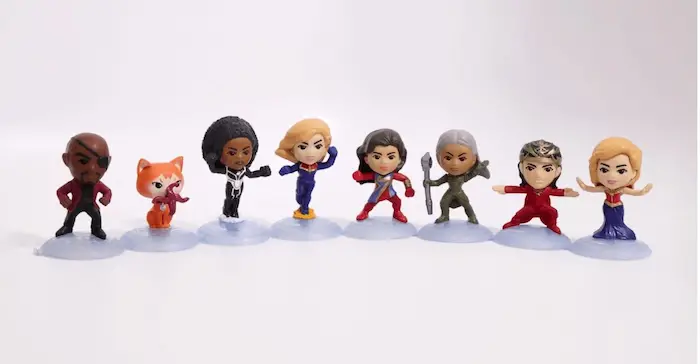
Image Source: McDonald’s
Meanwhile, indie films operate on a parallel plane of existence when it comes to potential tie-ins. They clearly lack the brand power and executive relationships to secure this caliber of cross-branded campaign with retail, restaurant, and consumer product giants. But through hustling and resourcefulness, clever indie filmmakers can form valuable partnerships creatively aligned to their projects’ sensibilities.
What if an eco-minded documentary collaborated on a benefit night with local environmental groups? Or a drama with social justice themes co-hosted a talk series at beloved community bookshops? The tie-in scale remains modest, but by joining forces with respected local allies, scrappy indies can still generate meaningful buzz while retaining their authenticity.
In Closing
While big studios wield marketing budgets that indies can only dream about, independent filmmakers have other strengths they can call upon. With creativity, hustle and community connections, indies can craft relevant promotional campaigns and events tailored to their intimate films.
They may not blanket cities in billboards or host star-studded premieres, but thoughtful grassroots efforts are often what earn indie films their cult followings and lifelong fans. Most importantly, indies retain full control over sharing their personal stories with audiences on their own authentic terms.
